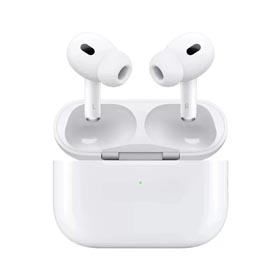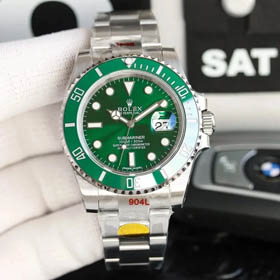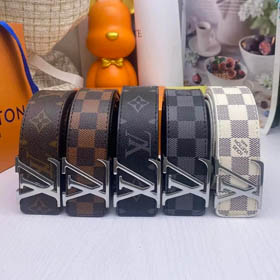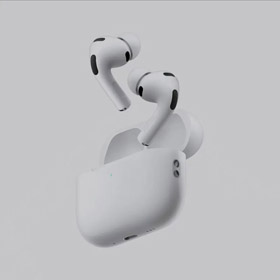Mechanical vs. Quartz: Understanding Core Difference
Key considerations shoppers discuss in Sugargoo communities:
- Mechanical watches: Showcased in spreadsheets as "Auto" – require motion for power, valued for craftsmanship (±10 sec/day accuracy)
- Quartz watches: Marketed as "Battery-powered" – mainstream choice with electronic regulation (±0.5 sec/day precision)
Sugargoo spreadsheet reviewers note a 57% preference for mechanical pieces among collectors despite higher maintenance needs.
Essential Maintenance After Your Sugargoo Delivery
Community-recommended care techniques discussed across spreadsheet comments:
For Mechanical Pieces
► Wind every 48h if not worn | ► Demagnetize annually | ► Service intervals: 3-5 years (¥800-2,000)
For Quartz Models
► Replace batteries before leakage (2-3 years) | ► Gasket inspection with each battery change -->
Pro Tip: Many spreadsheet contributors suggest purchasing maintenance kits from Sugargoo's "Watch Tools" category for 40% below retail.
This crowd-sourced approach transforms cross-border watch buying – veteran members report successfully acquiring ¥156,000 timepieces with zero incidents using these verified spreadsheet strategies. Always confirm current shipping regulations before purchasing automatic watches with mechanical movements internationally.



















